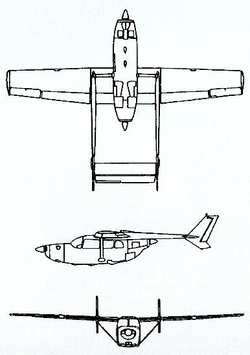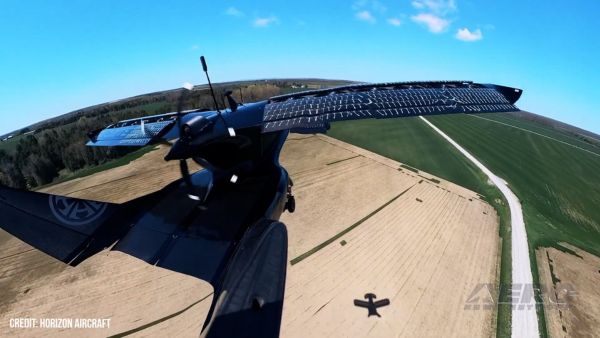Notice Follows Fatal Accident In New Jersey
 The FAA has issued a Special
Airworthiness Information Bulletin (SAIB) for the type of wingtip
modification that separated from a Cessna 337 in Monmouth, New
Jersey. The airplane went down, killing all five people aboard.
The FAA has issued a Special
Airworthiness Information Bulletin (SAIB) for the type of wingtip
modification that separated from a Cessna 337 in Monmouth, New
Jersey. The airplane went down, killing all five people aboard.
The SAIB is based on preliminary investigation findings from a
fatal accident involving a Cessna Model T336G. The airplane
experienced separation of a six-foot section of the outboard right
wing. This airplane had been modified with an STC for extended
wingtips. It also had an additional STC for winglets. For more
information on the accident, see the NTSB preliminary report
ERA10FA140.
The subsequent investigation revealed there have also been
reports from the field of wrinkled skins, working rivets, cracks,
and loose wing tips. The FAA notes that following service
information has been issued:
Cessna Service Newsletter SNL06-6, FAA Approved Supplemental Type
Certificates (STC’s) and FAA-PMA Approved Parts.
Aviation Enterprises Wing Extension Service Letter AE01-11-00.
After reviewing the above data, The FAA recommends you do the
following:
Review and adhere to all published airspeed and maneuvering
limitations for the modified airplane. Look for excessive
“bowing” of the tip extensions in flight.
Perform a one-time general inspection of the wings for internal and
external damage from Wing Station (WSTA) 23 to the wing tip within
the next 100 hours time-in-service (TIS). Remove all wing access
panels to conduct the inspection. Areas to focus on are listed
below. Do this
inspection following the appropriate manufacture’s service
information and any other appropriate guidance, such as FAA
Advisory Circular AC 43.13-1B Acceptable Methods, Techniques, and
Practices - Aircraft Inspection and Repair.

Focused inspection items to focus on:
Wrinkles in upper wing skins.
Cracking of the upper wing skins. Pay particular attention to any
wrinkles, the radius between stiffeners at Wing Station (WSTA) 150
(under fuel tank covers) and unreinforced access holes.
Smoking rivets at the rib near the inboard aileron hinge (WSTA
162).
Missing fastener hardware, particularly for attachment of the
tips.
Excessive looseness of attachments of the tip extension to the wing
and wing tip to wing extension when pushing up and down on the
tip.
Any signs of distress along both front and rear spars.
Unusual repairs to the upper skins, particularly in the area of
WSTA 150-162.
Since this is an on-going investigation, the FAA requests that
if any damage if found, notify us at the address for the Atlanta
Aircraft Certification Office listed below. Please include as much
information as possible, including “N” number, model
number, serial number, list of STC
modifications, TIS on aircraft and wing extension, physical
description of damage (location, length, orientation, parts
cracked, etc.), and if possible, pictures of the damage.
FMI: www.faa.gov
 Aero-News: Quote of the Day (05.25.25)
Aero-News: Quote of the Day (05.25.25) Classic Aero-TV: Efficient Versatility -- NASA GL-10 Greased Lightning
Classic Aero-TV: Efficient Versatility -- NASA GL-10 Greased Lightning NTSB Prelim: Cessna 525
NTSB Prelim: Cessna 525 Klyde Morris (05.23.25)
Klyde Morris (05.23.25) Airborne-NextGen 05.20.25: Drone Regs, Zero-Emission Cargo, Door-Dash Drone
Airborne-NextGen 05.20.25: Drone Regs, Zero-Emission Cargo, Door-Dash Drone




